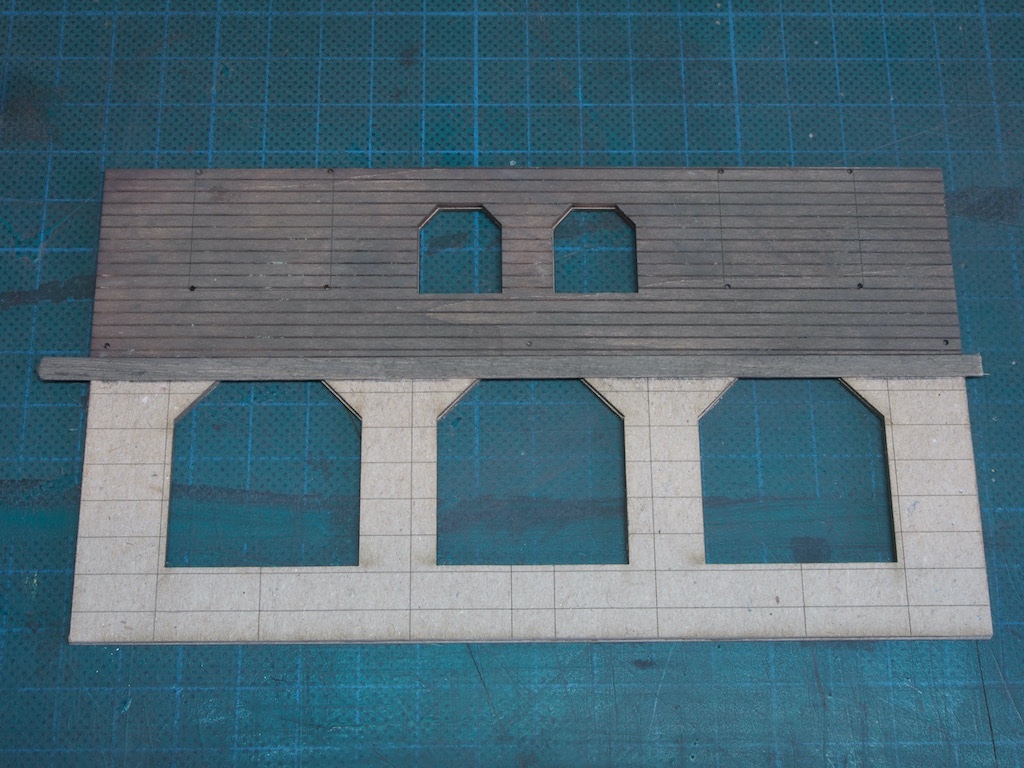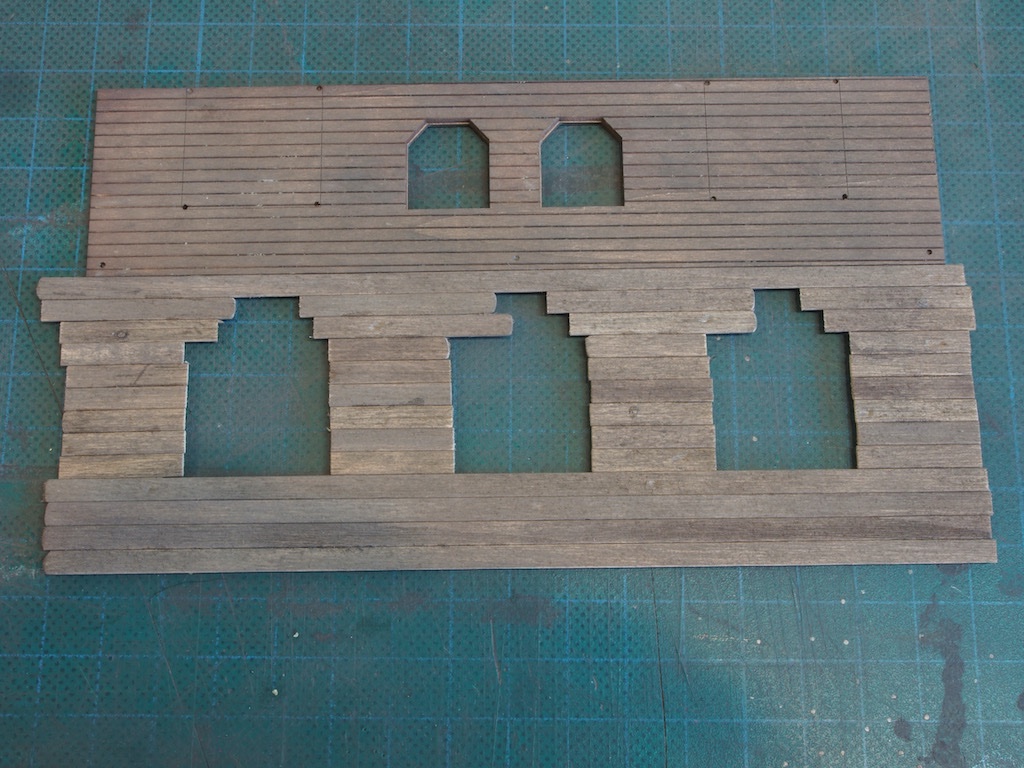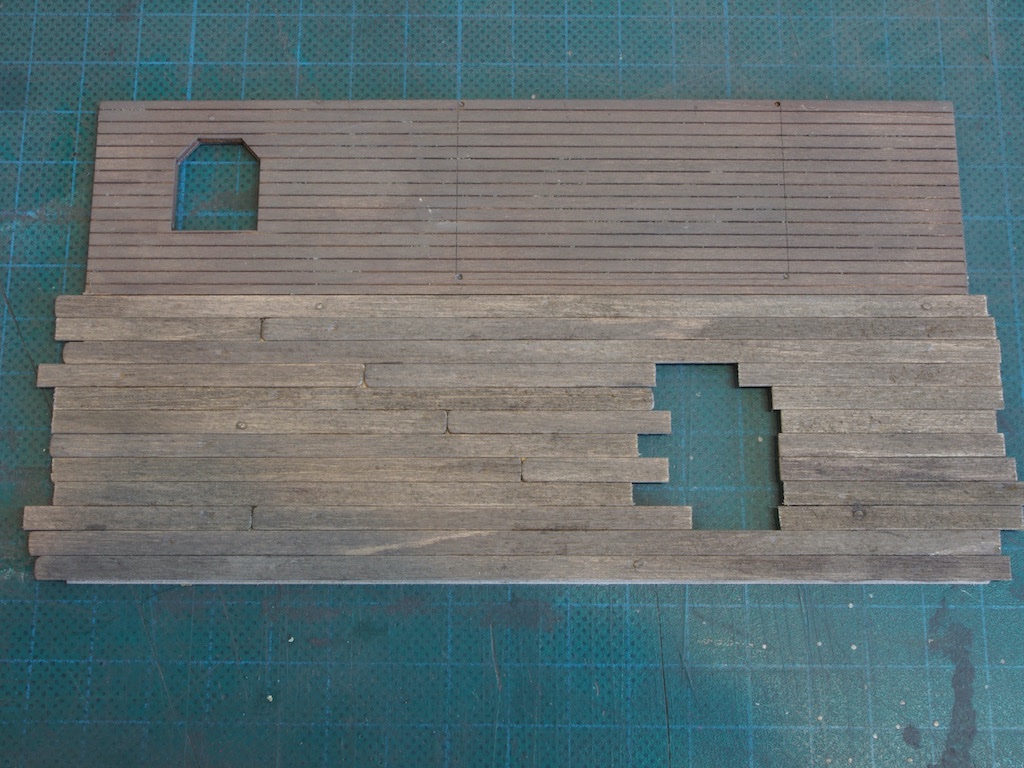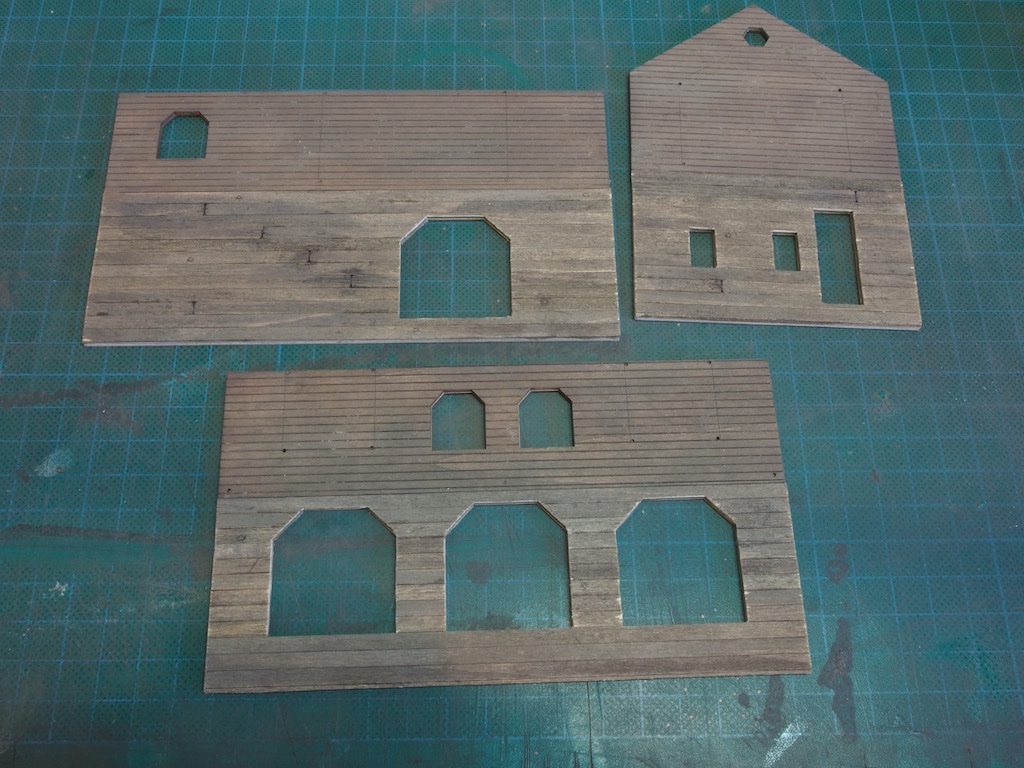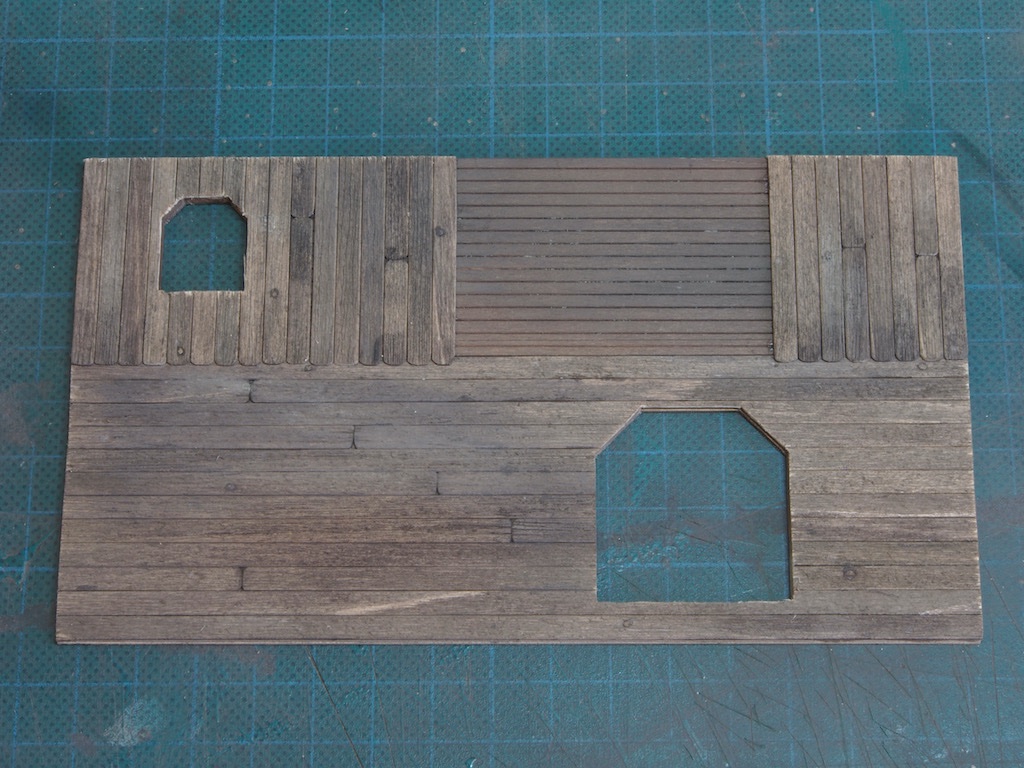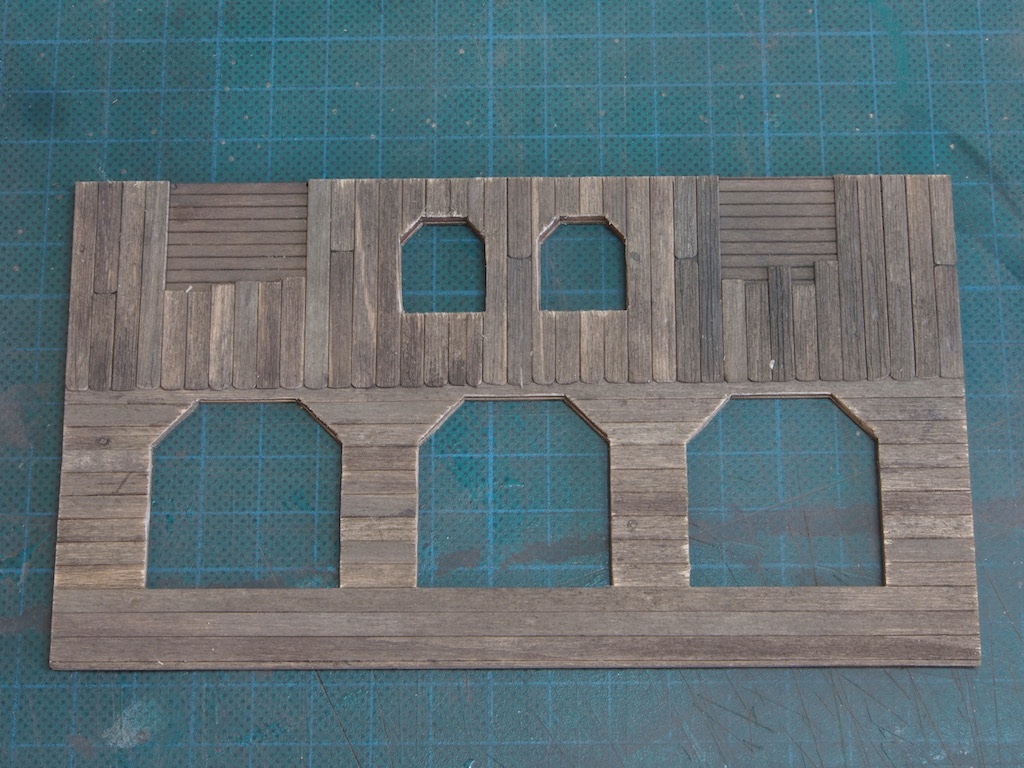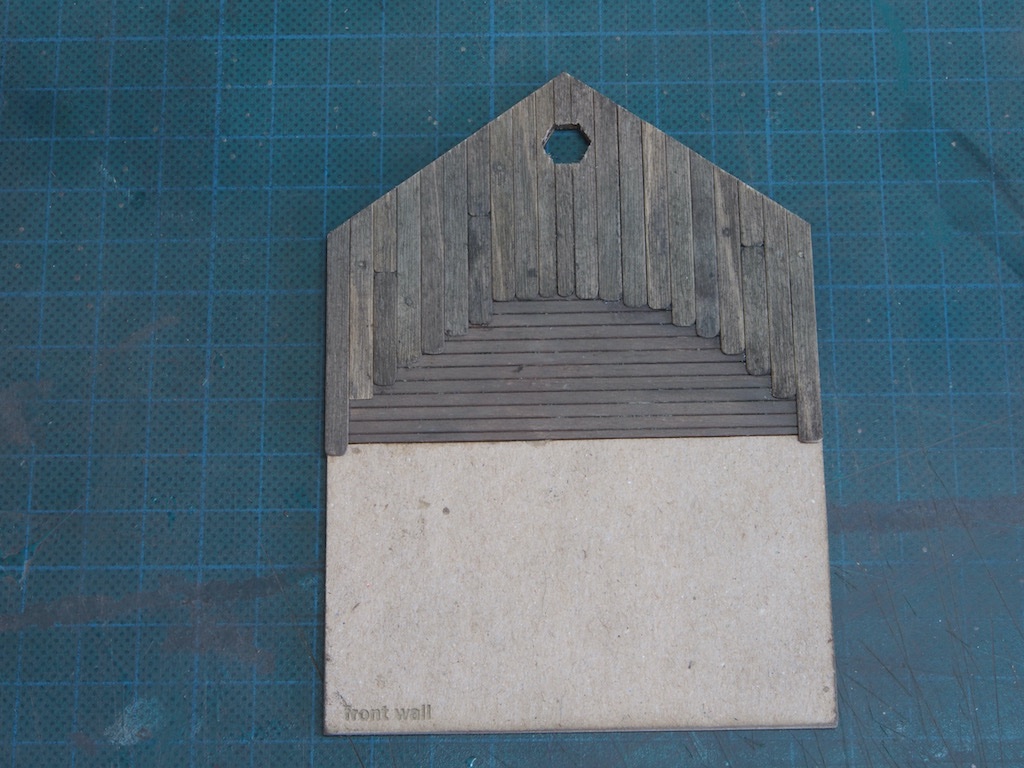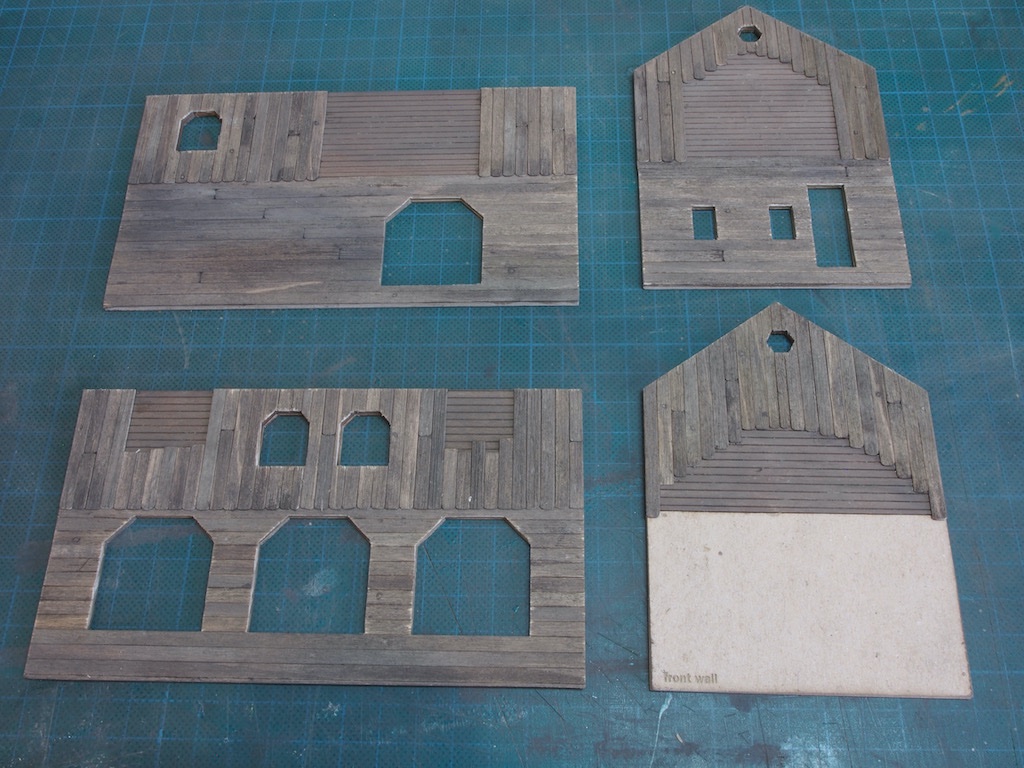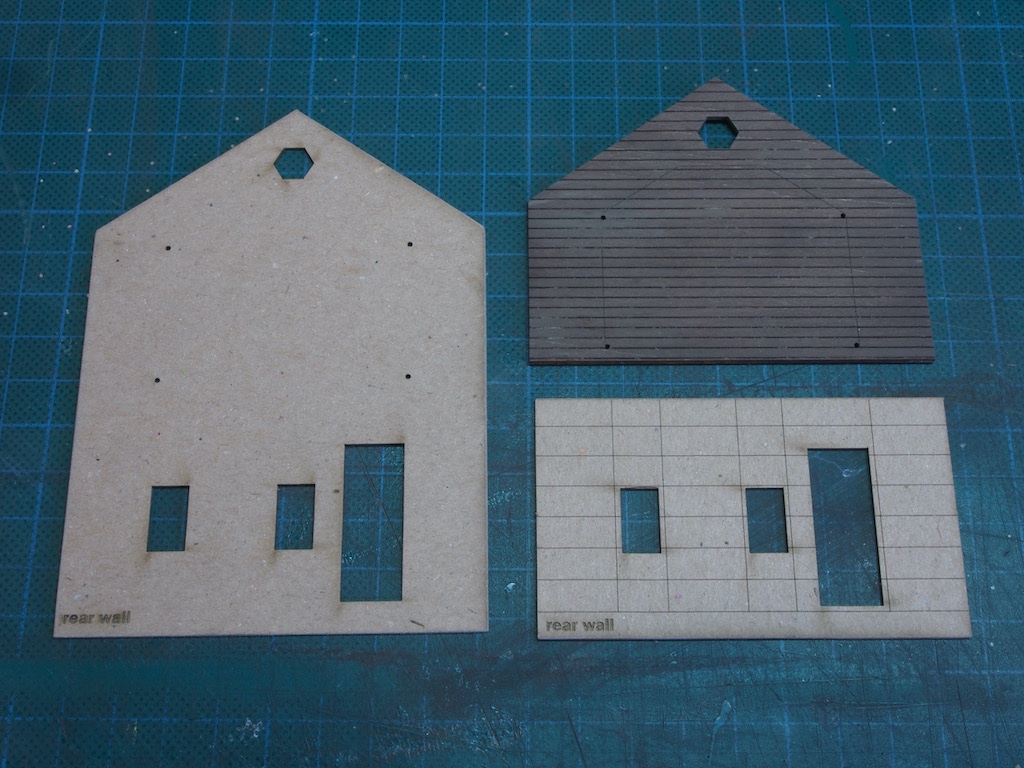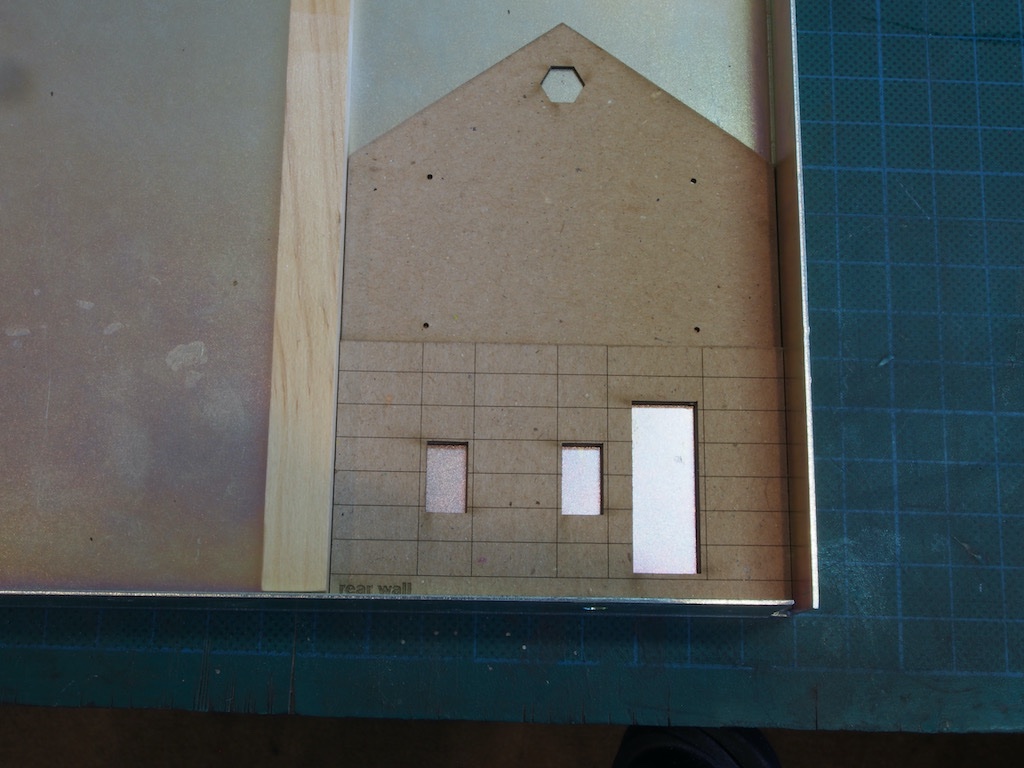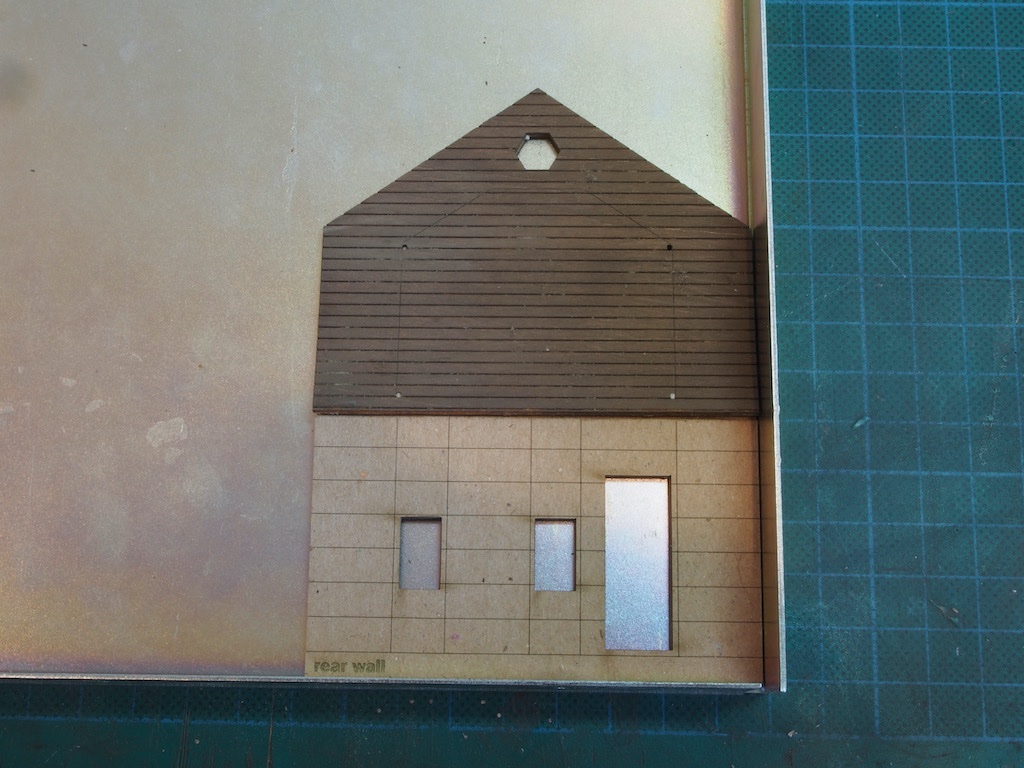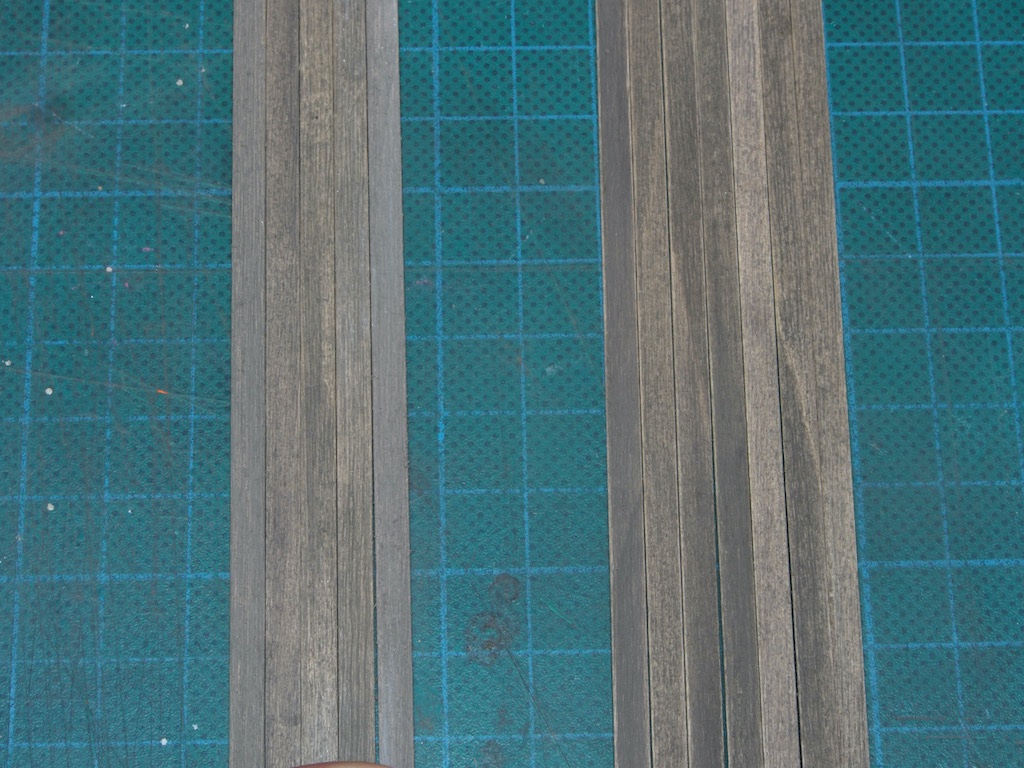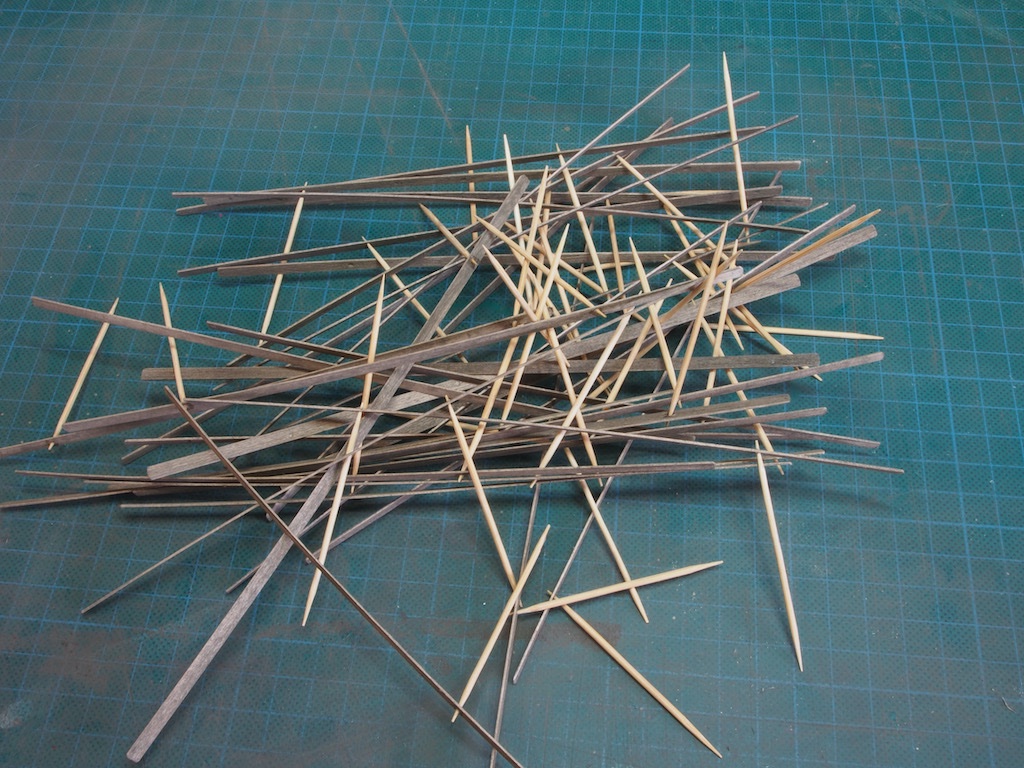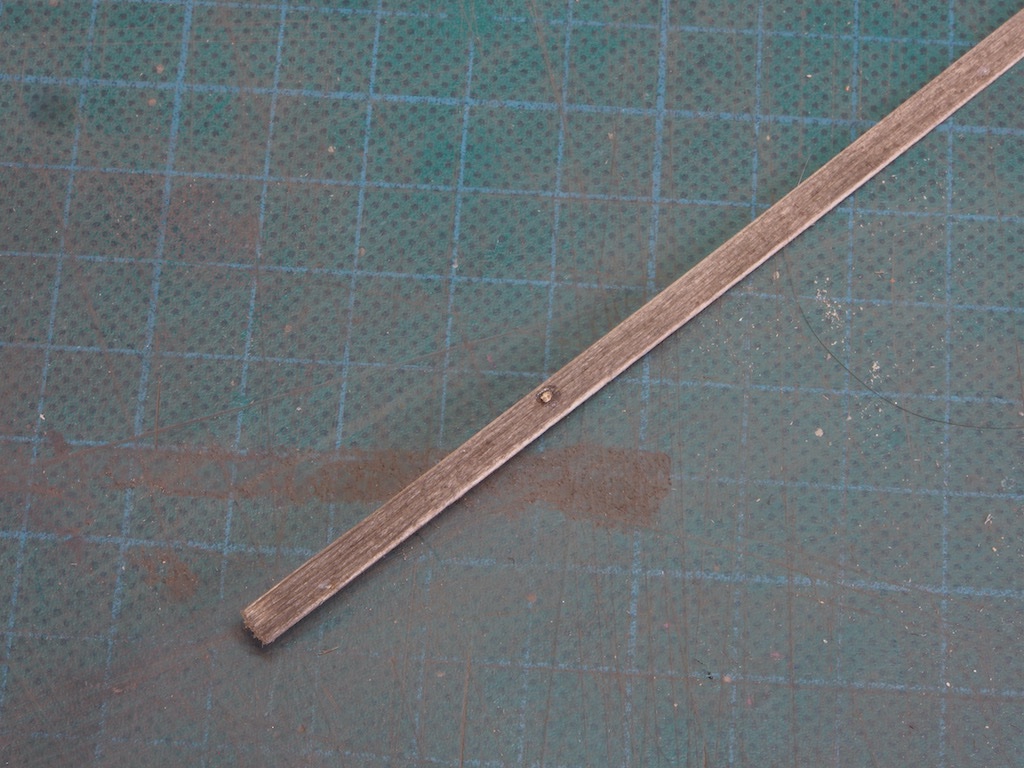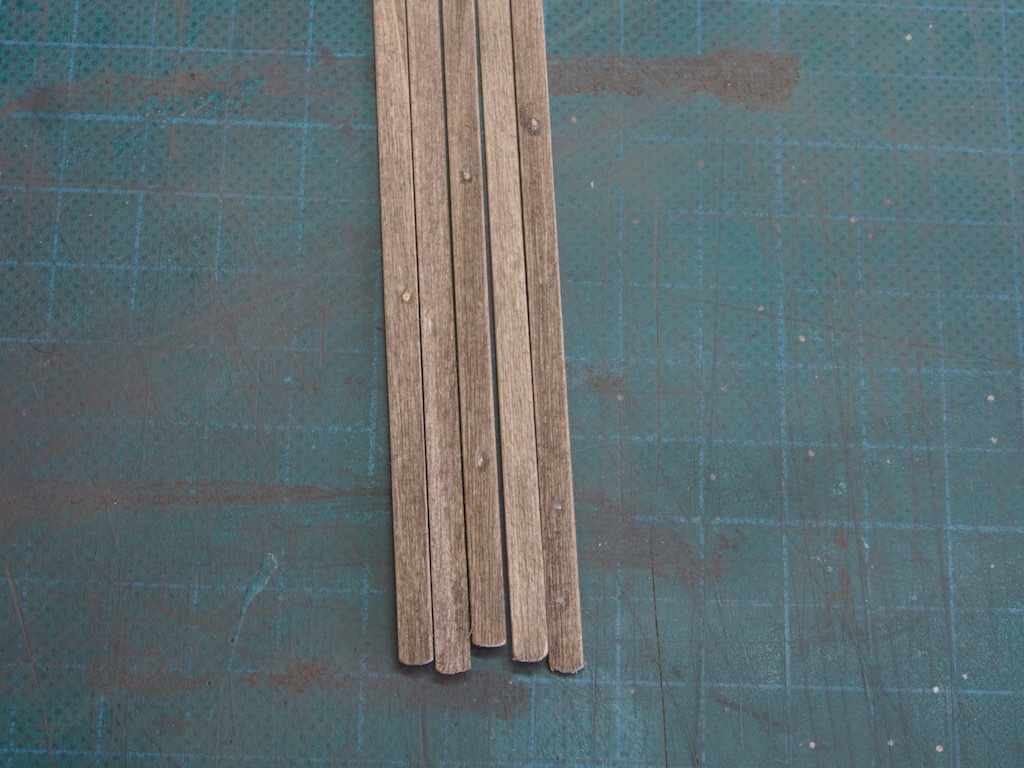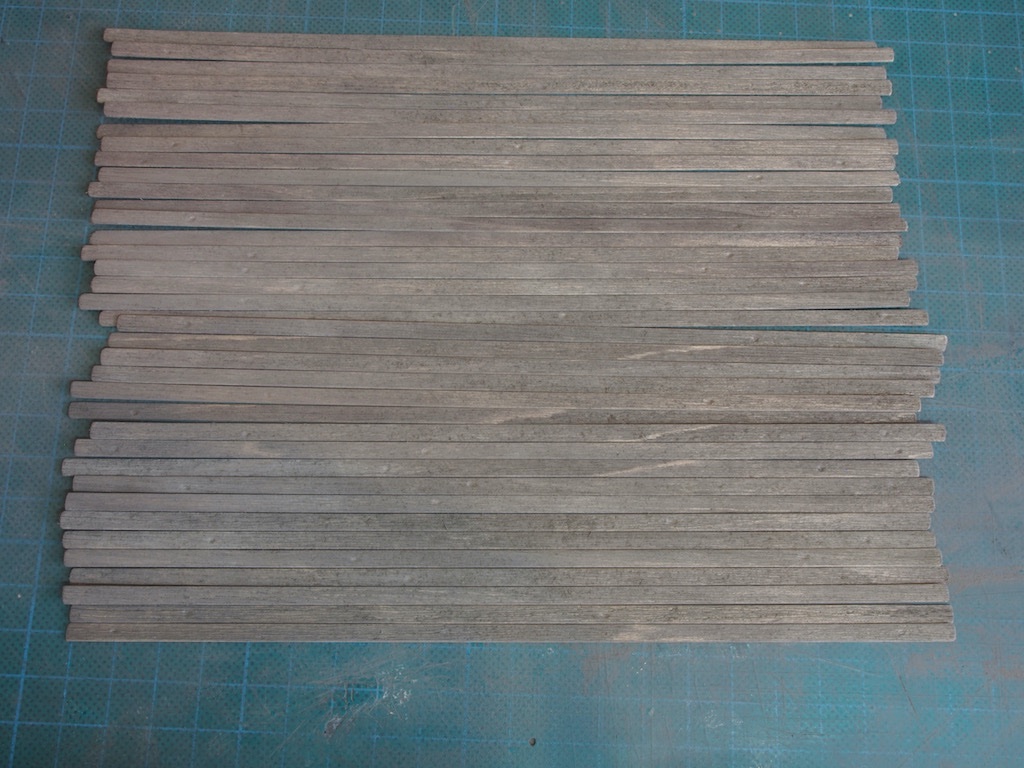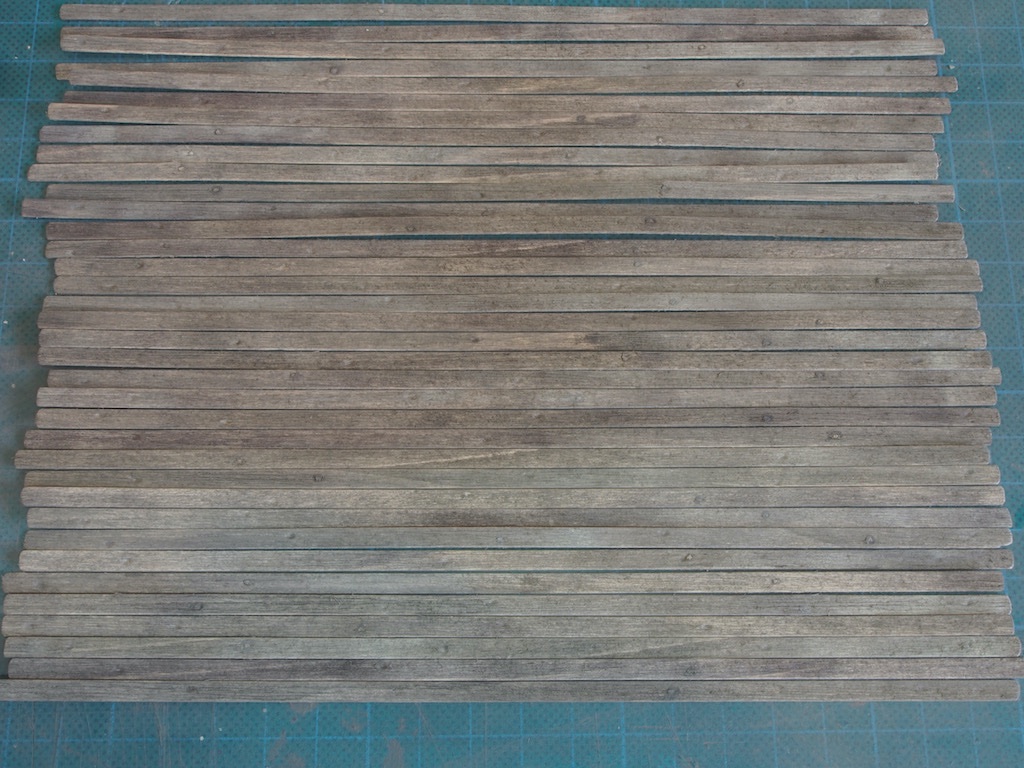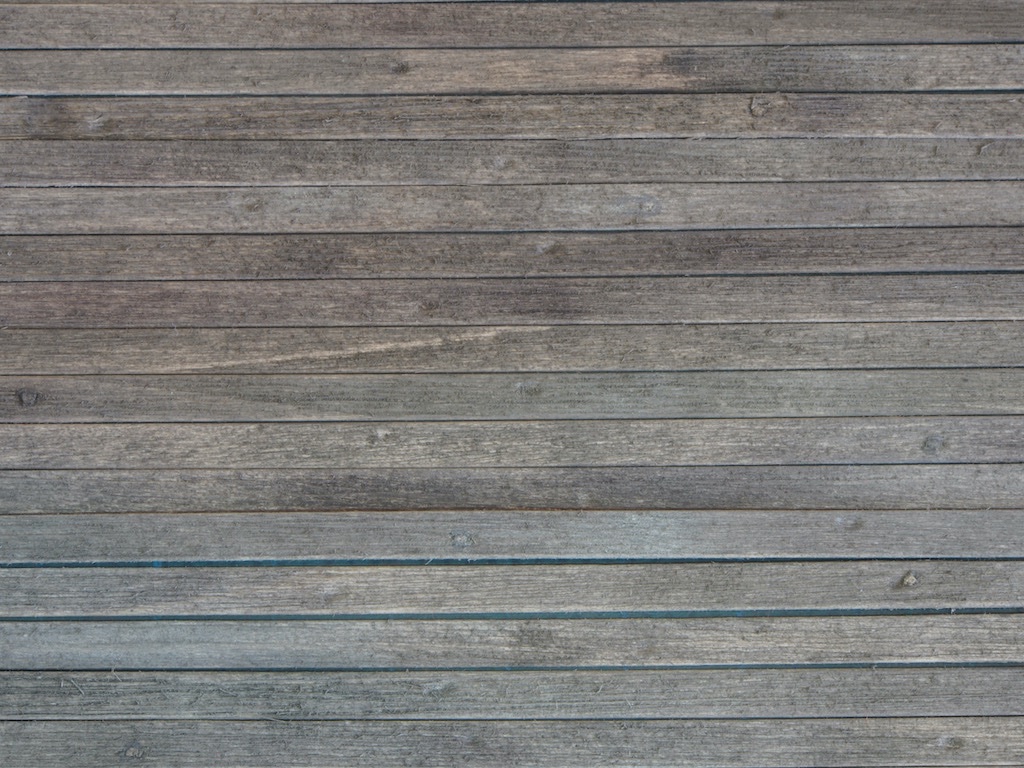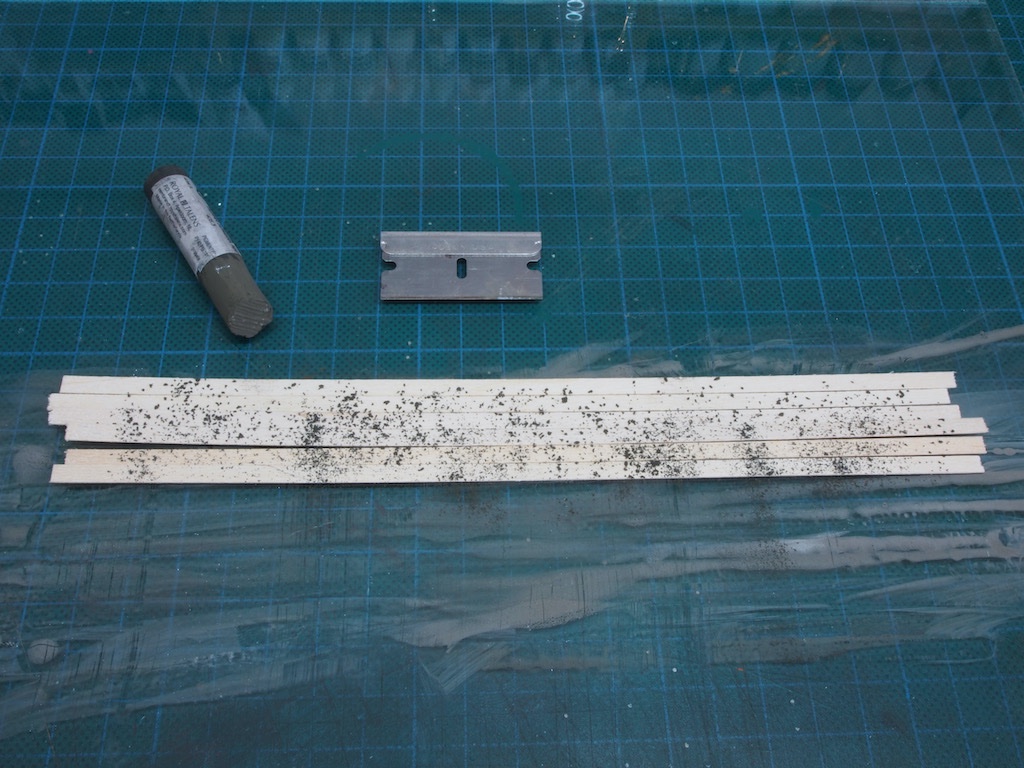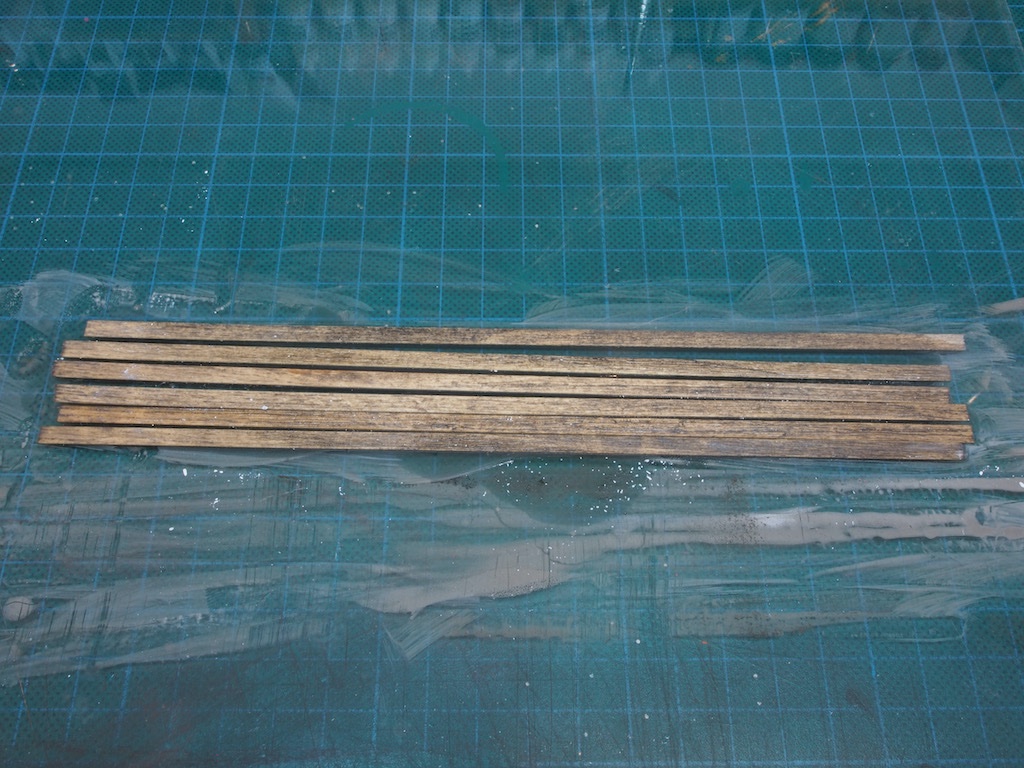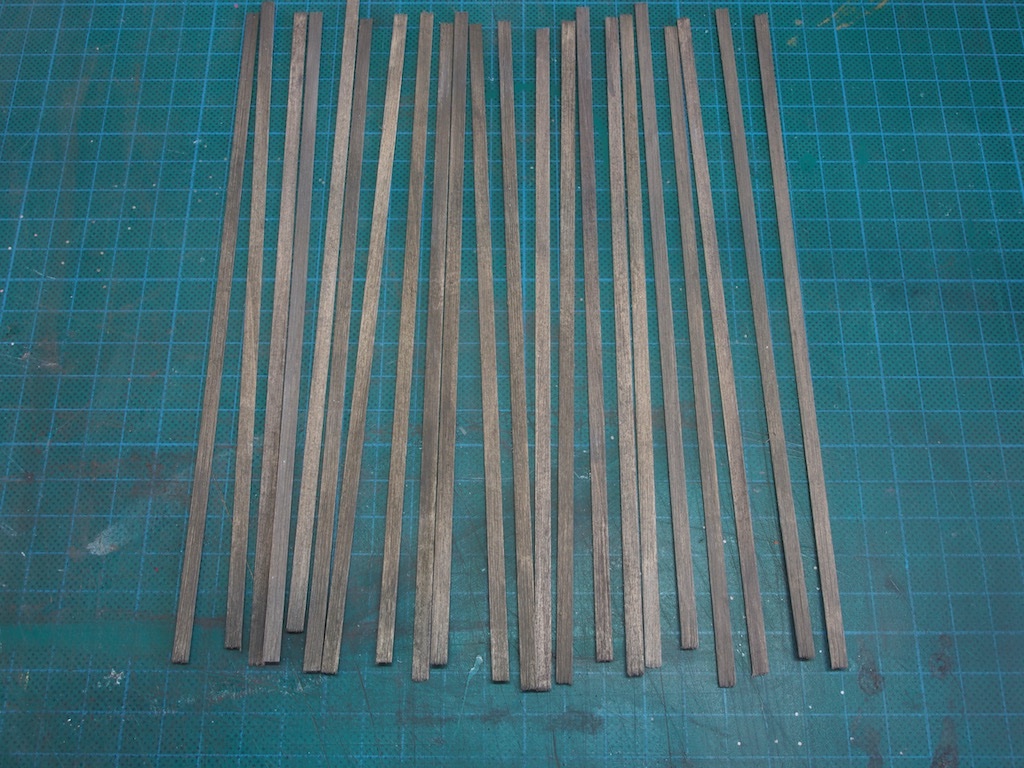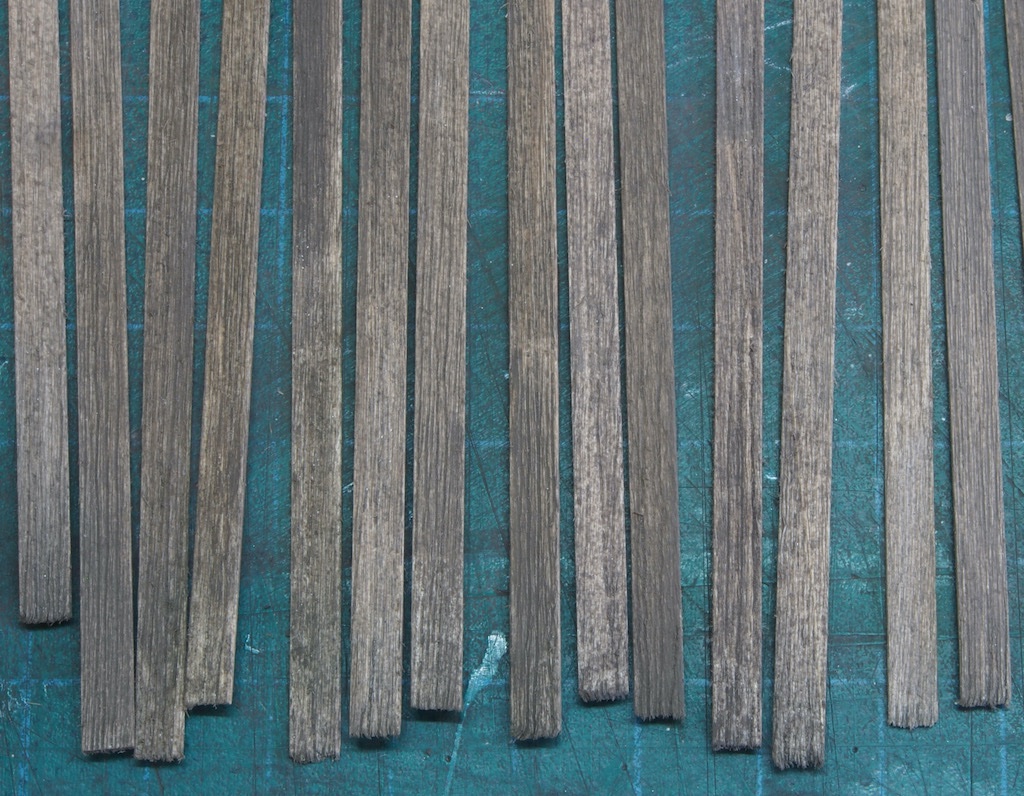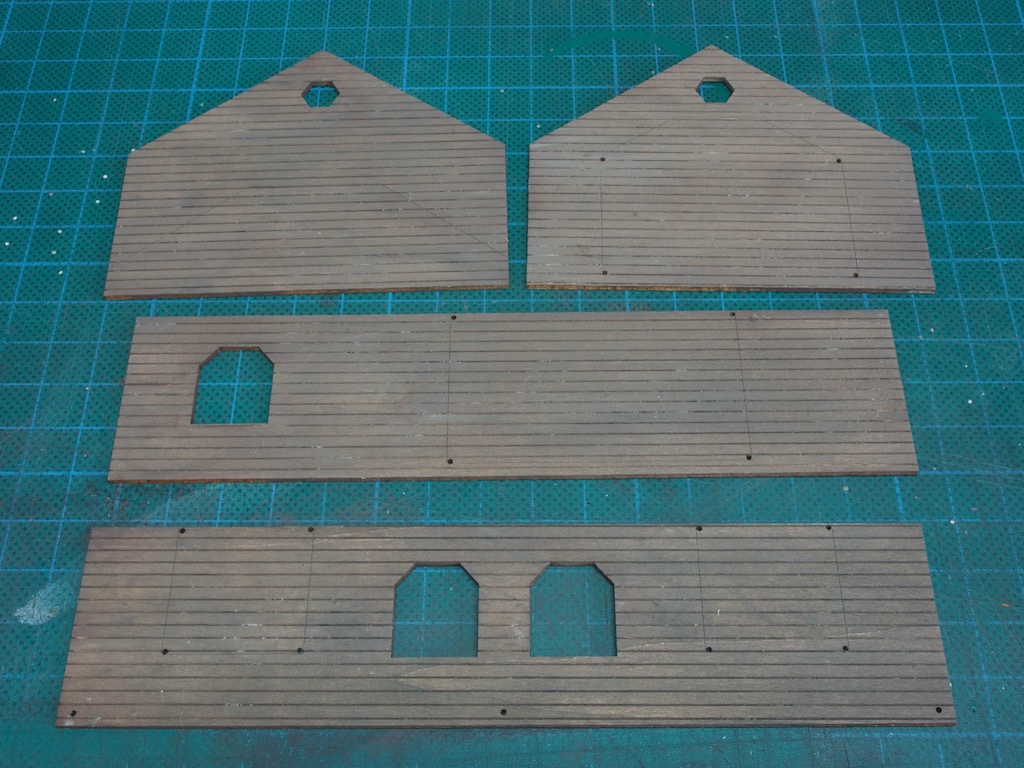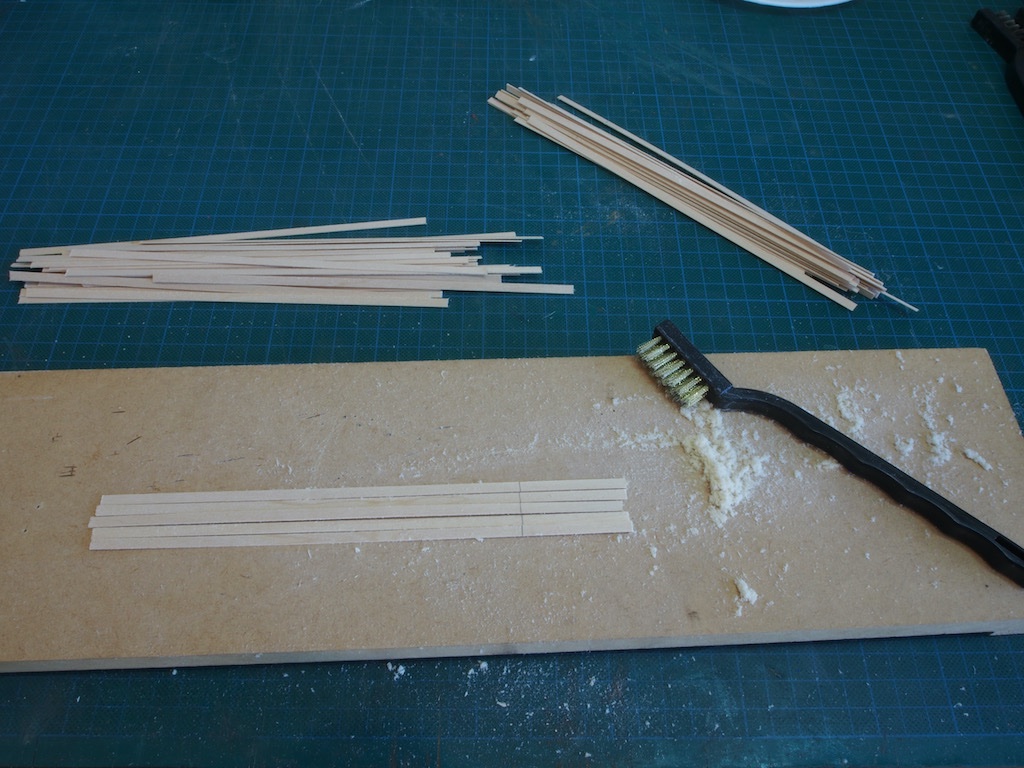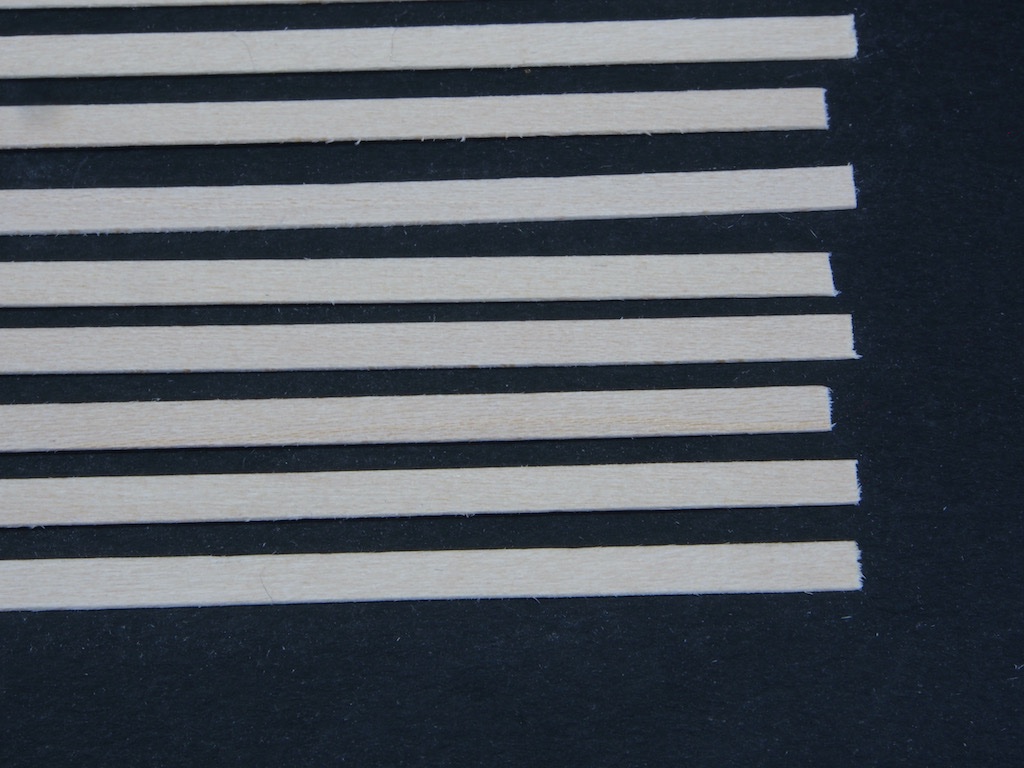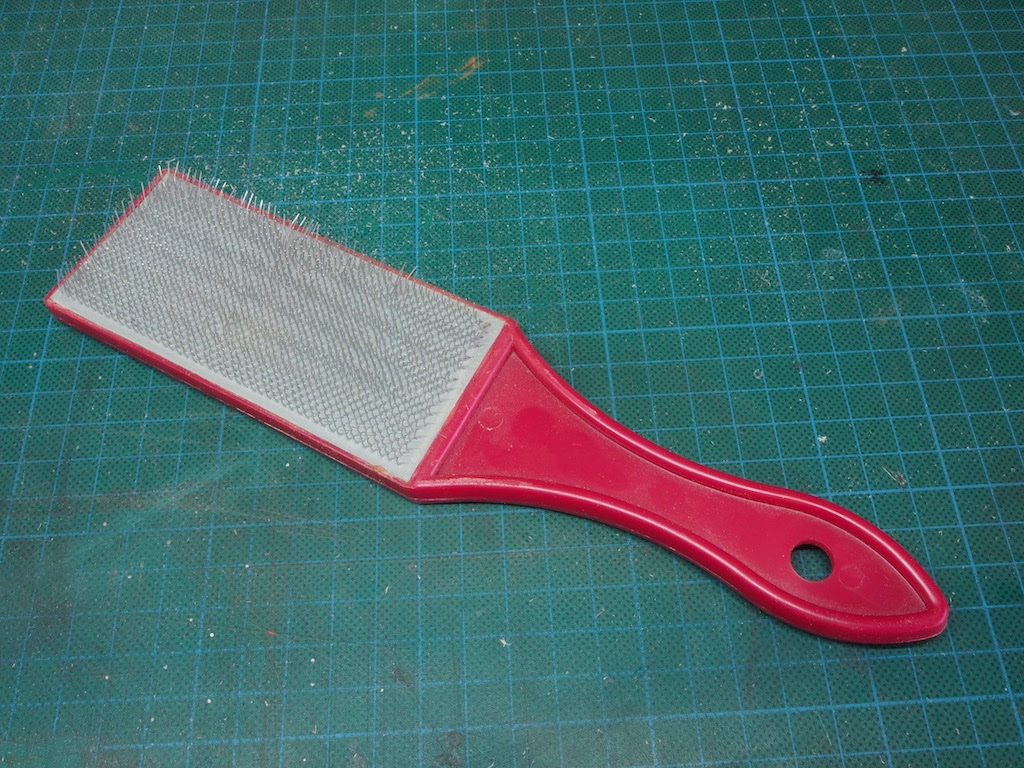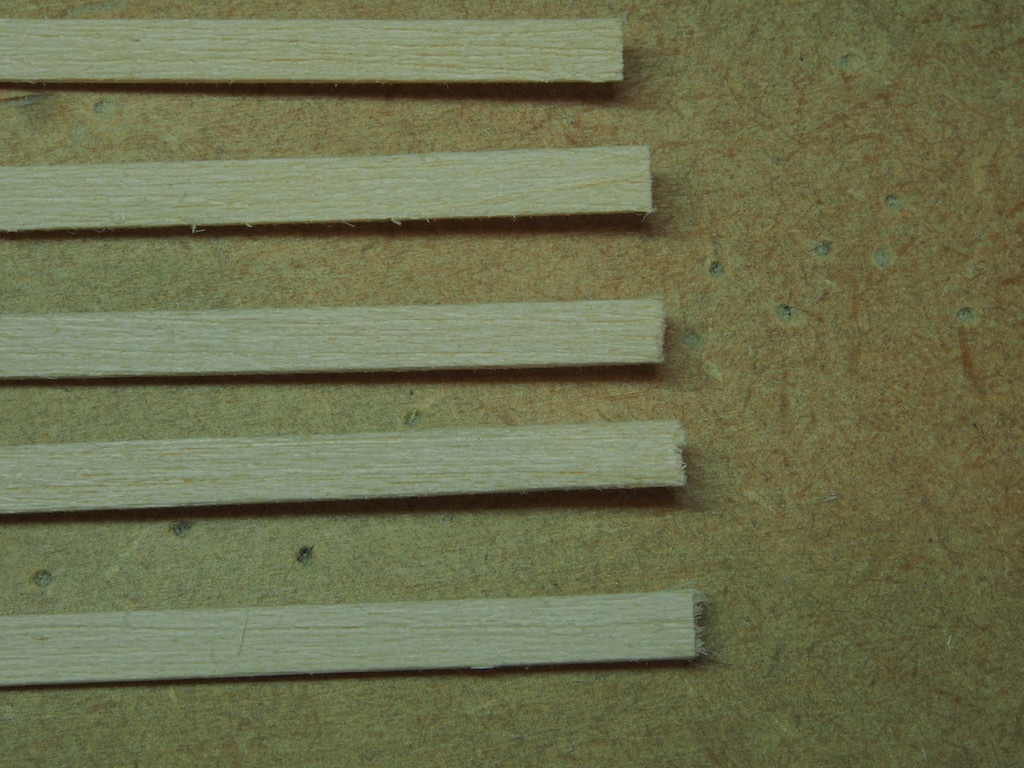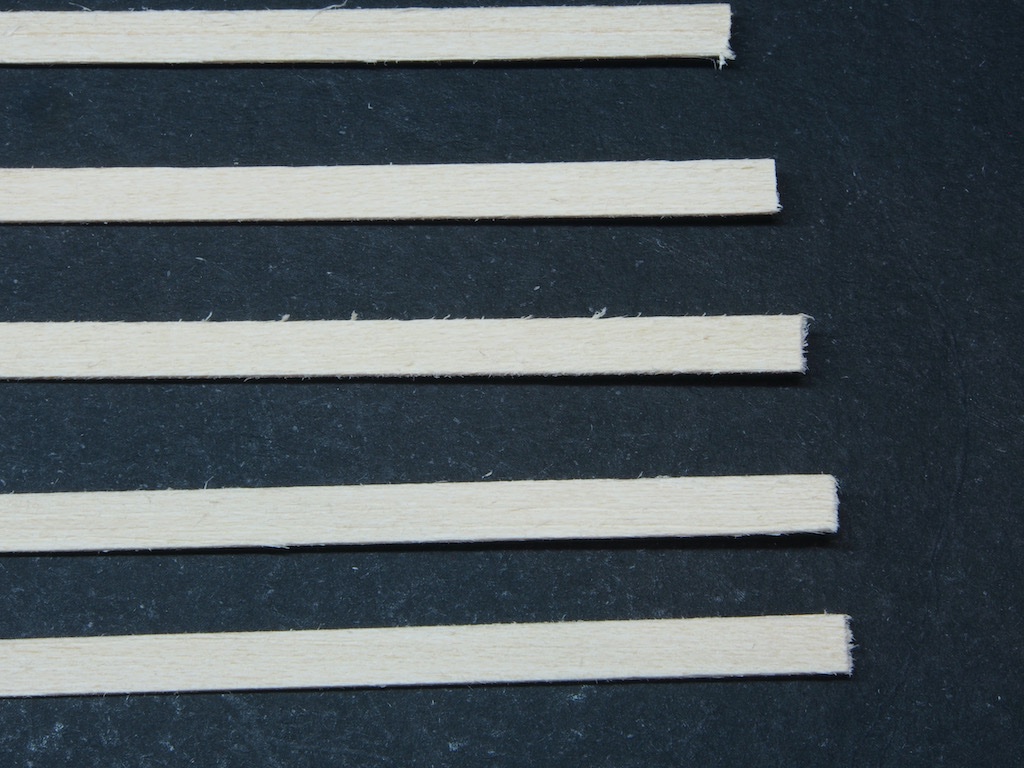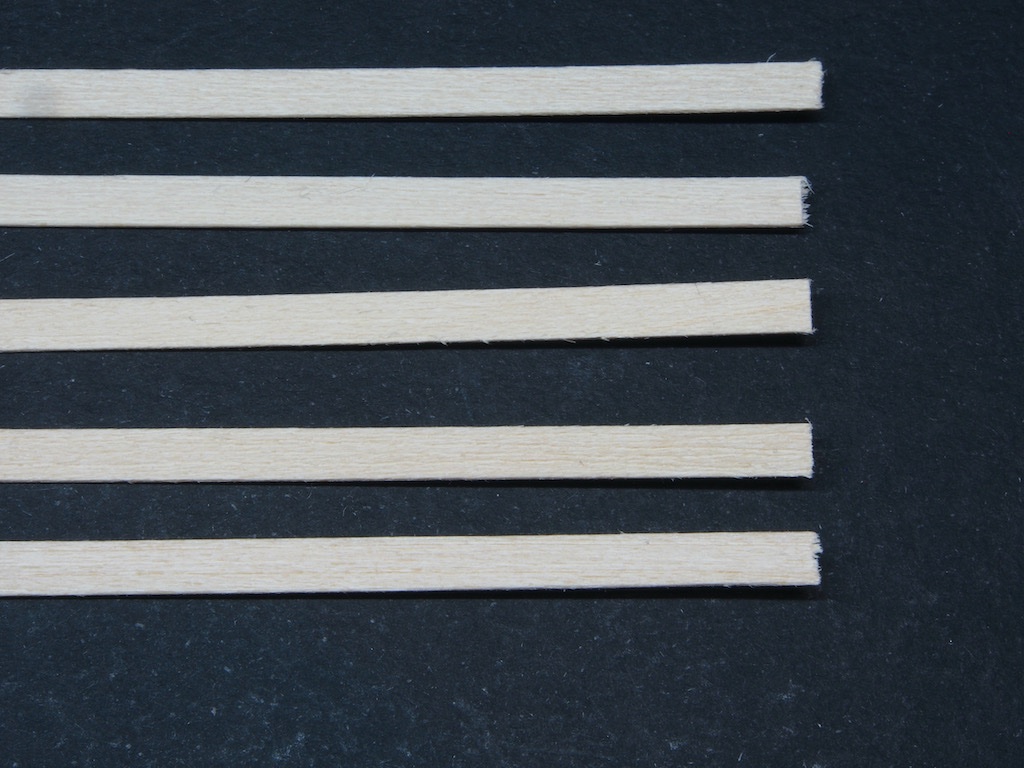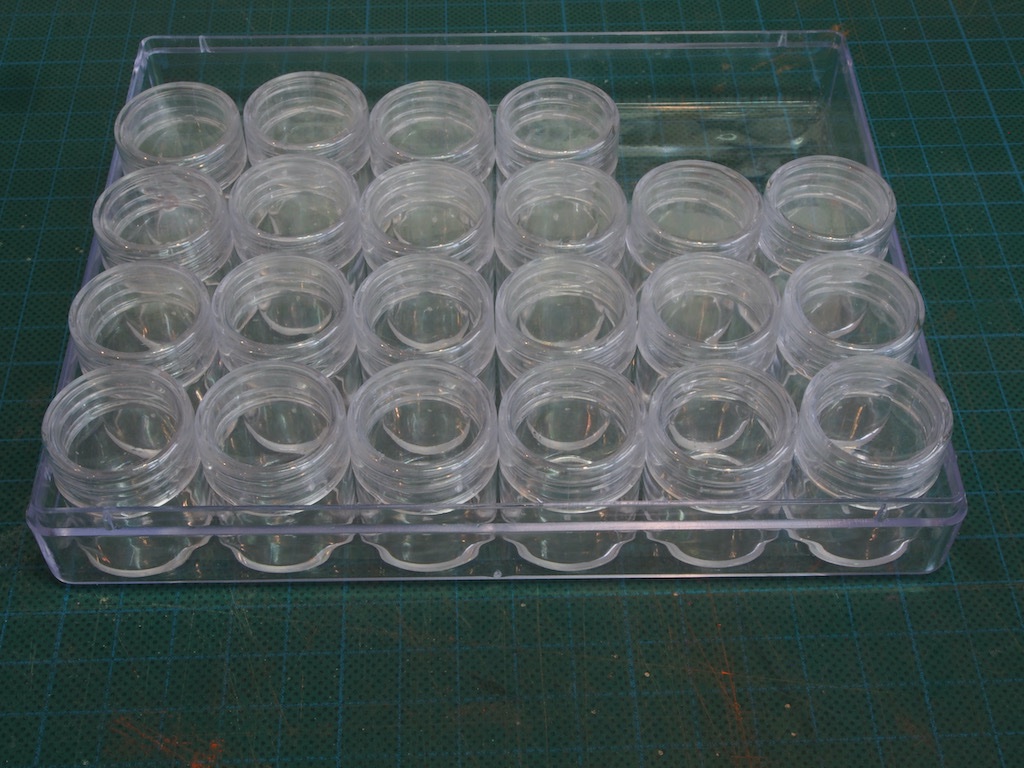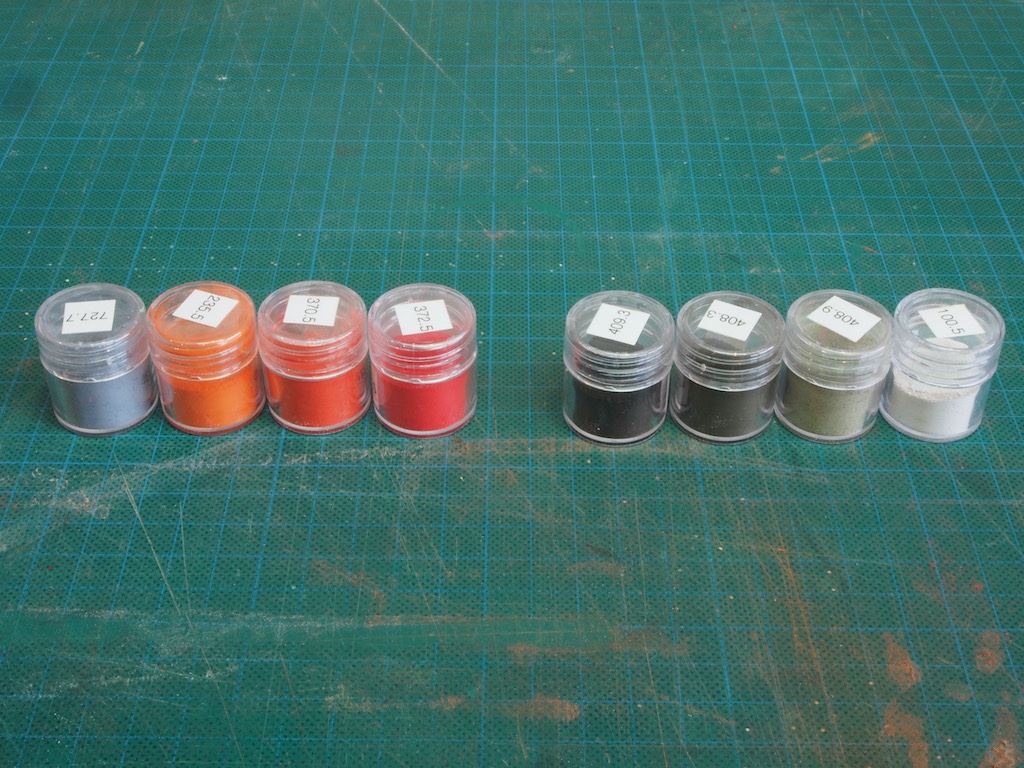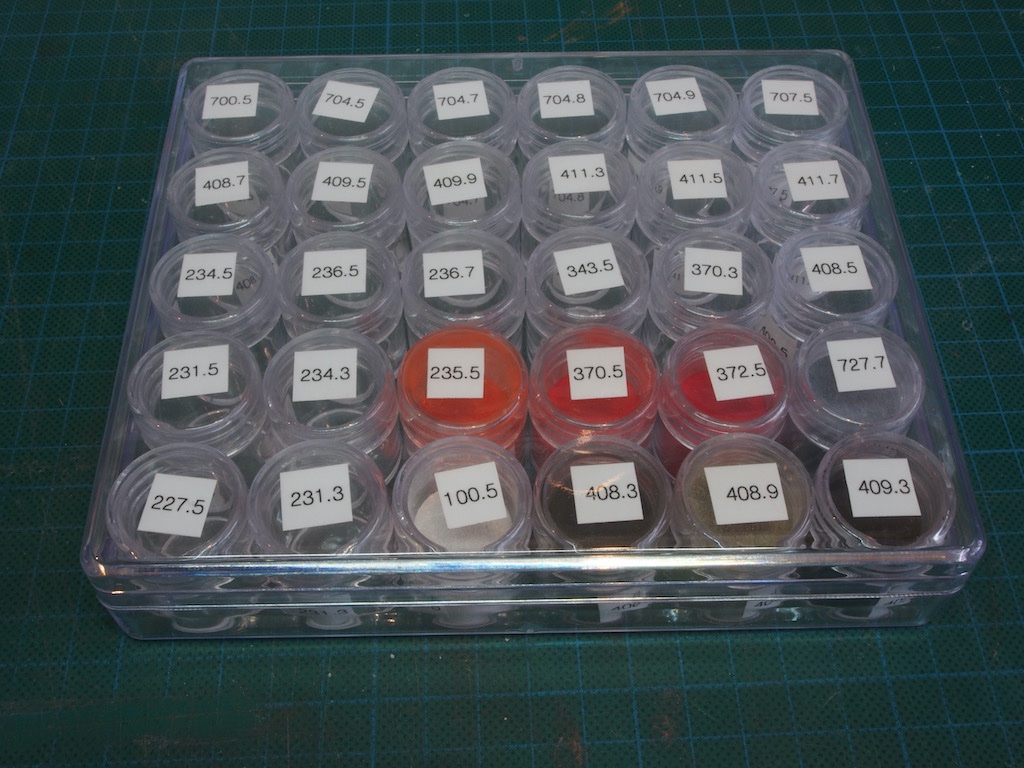-
Posts
4,888 -
Joined
-
Last visited
Content Type
Profiles
Forums
Gallery
Events
Everything posted by gjdale
-
Thanks Glen, Keith and OC. OC - the answer is, I'll tell you when I get there..... Joining the walls together starts on pg 30 of the manual - I'm currently at pg 13. There is a lot of work yet to do before then. Reading ahead, there are braces added, but I may end up adding additional bracing. Will have to wait and see how sturdy it looks/feels at the time. Keith - it will be a very large bottle of single malt Scotch. Not for placing the model inside of - purely to help the builder along the way!
-
Thanks for all the comments and likes folks. It seems to be a while since I updated this log - the usual excuse of "life" getting in the way. Anyway, I've been progressing slowly and finally have something worth posting. Wall Construction – Adding the Siding With the board detailing complete, it was time to add the siding to the walls. This commences with laying one complete board on the Right wall. This is butted against the slight overhang created by the upper floor, ensuring that the board is straight and even. Boards were then selected randomly and glued in place using the horizontal scribed lines as an aid to ensure they were straight. All boards were left long and slightly covering the window openings, to be trimmed up later. The same process was followed with the remaining walls, this time also using the vertical scribed lines as a guide to placement of butt joints. Here are the three walls with horizontal siding attached. Once I’d finished these, I noticed that on the Left wall (top left in the picture below), I could see the untreated card around the gaps in the butt joints. I decided to go back in and add some alcohol and chalk to darken these up, but this then left a noticeable dark patch around the joints. To remedy this, I went over that section of the wall very lightly with a wire brush again, applied a very light wash of alcohol/ink mixture and dabbed a variety of chalk powder randomly over that section. The vertical boards were then added to the second floor in a similar fashion, being careful to align the bottom edges just slightly overhanging the first-floor horizontal boards. I worked in from each side, covering over window openings as I went and then trimming them out once the glue had cured overnight. Here is that same wall after the “repair” treatment and addition of the second-floor siding. The unplanked area is where the dormers will go later on. And the remaining walls. And a “group” shot of the completed walls. Next up will be to complete the Dormers in a similar fashion and then assemble the laser cut doors and windows.
-
Just found your log Peter - well done, and she looked even better “in the flesh” at the CMSS expo today.
- 79 replies
-
- Endeavour
- Artesania Latina
-
(and 1 more)
Tagged with:
-
Wall Construction and Board Detailing The walls are constructed in three layers. The first layer is a thick card sub-base. The second layer comprises a first (ground) floor card piece and the second-floor scribed siding prepared as in the previous post. The third layer, to be added a little later, is made up from the weathered boards. Here are all three sections for the first two layers. These are glued up in stages. I used the base of a magnetic gluing jig to help with alignment of the sub-base and first floor piece. Once that was sufficiently dry, I added the second-floor scribed siding. Then repeated for the other three walls. These were then all sandwiched between two glass plates and weighted down with a variety of heavy modelling reference books and left to dry for 24 hours or so to ensure they stayed flat. Then it was time to return to creating individual details on the boards. So far, they been given an initial “graining” and treated with a chalk/alcohol mixture. The next step was to lightly sand the top edges of all the boards. This did a few things – first, it removed any remaining ‘fuzzies’; second, it created a very slight chamfer of the board edges; and third, it created a slight highlight along the board edges. The combined effect is to slightly accentuate the join between adjacent boards. In the picture below I’ve placed together several boards before adding this detail on the left, and several after adding the detail on the right. Next, I slightly rounded the ends of all board. I tried to make this a little non-uniform – not sure to what extent I achieved that, but the sharp corners are all gone. Here is a sample. Next up, it was time to add some knots. I followed the instructions here, creating both "indentation" knots (using a burnishing tool), and also some "toothpick" knots. I left about 1/4 of the boards with no knots at all, and about half the remaining boards received only "indentation" knots, and the remainder received a combination of "indentation" and "toothpick" knots. During construction, I'll try to mix these up to achieve a fairly random smattering of all the effects. Here is a "toothpick" knot under construction. I used a small drill bit in a pin vise to make a small hole first, and then inserted the toothpick. I mixed up the angle that these were inserted also. Here's a shot of all the "toothpick" knotted boards awaiting trimming. Some boards got only one toothpick and some received two. The instructions say to use a pair of straight bladed toe-nail clippers to trim these, adding that these are readily available. Hmmm - maybe on that side of the pond, but down here in the Antipodes, not so easy to find. I did manage to find some online, but had to wait a few days for delivery. Of course, once they arrived, they were the perfect tool for the job. In using them, I made sure that the blades were parallel to the grain direction when in use. Here's one after trimming. And here's a close up of a few boards showing the overall effect. At this point, I departed slightly from the instructions. The instructions say to take one board at a time, cut it to size, then brush lightly with a steel brush, dampen with the Alcohol/ink mix, and blot a variety of chalks on with a dry brush while the AI is still damp, then glue the board in place. My variation here was to do all of that except for cutting the plank to size at the beginning and gluing in place at the end. Instead, I did all the remaining tasks to all of the planks, one at a time. It just made more sense to me from a 'process flow' perspective, but I may be missing something here. I was also a little unsure during this stage. Once again, if you've done this before it's probably second nature, but the first time around, it's difficult to know if you are doing it right. The instructions say "..and make sure not to over apply the chalk". All well and good if you know what the right amount looks like to start with, but doing it for the first time is a little bit of an "adventure". I was concerned that I may have overdone it with the chalk, so I went back and gave the boards another very light pass with a steel brush to remove just a little of the excess, and then wiped my (dry) fingers over the surface. That seems to have done the trick. Here is a picture of the completed boards with no toothpick knots. And a close-up of a section of those same boards: And here is a picture of the completed boards with toothpick knots. And a close-up of a section of these: I think I’m happy with these but am awaiting some further critique/guidance from the SW Forum gurus before committing them to glue.
-
Another fine model completed Rusty. Congratulations!👏👏👏
- 201 replies
-
- Duchess of Kingston
- Vanguard Models
-
(and 1 more)
Tagged with:
-
Wow! doesn’t even begin to describe this Glen - that is just outstanding! Well done Sir! And now we can crack open the champagne…
- 194 replies
-
- Bottle
- Treasure Fleet
-
(and 3 more)
Tagged with:
-
Keith is looking very healthy there Glen. A Polar Bear should complete the setting nicely!
- 194 replies
-
- Bottle
- Treasure Fleet
-
(and 3 more)
Tagged with:
-
Thanks all for the kind comments and likes. To answer a few questions: Ken - those details will be added to individual planks shortly - that’s the next task. Popeye - no, there is no intent to add sealer over the chalk stain. The small amount of chalk residue actually helps to create the all-important texture. It’s difficult to describe and even more difficult to photograph, but when you handle the pieces that have been grained and stained, you really get it. Glen - you have me intrigued… I can’t wait to see what comes out of your workshop next! Bob - you are too kind sir. 😊
-
I agree with Lou! Fantastic job Alan - you should be justifiably proud of your achievements with this model.
- 460 replies
-
- Finished
- Flower-class
-
(and 1 more)
Tagged with:
-
Thanks for the kind comments and all the likes. Onwards... Initial Weathering The technique used to create the effect of weathered timber is both interesting and easy, not to mention quick! We start by grabbing a half dozen of our previously “grained” boards, a pastel/chalk stick, a single edge razor blade, some isopropyl alcohol (IPA), a paint brush, and a glass work surface (in this case I’m using a piece of glass about 12: square). The technique is to firstly use the razor blade to scrape finely powdered chalk randomly over the boards. Next, we dip our paintbrush in the IPA and wash the chalk powder into the boards. The level of colouration is controlled by the relative amounts of chalk and alcohol, the key being to use lots of alcohol to ensure that most of the chalk is dissolved. Further tonal variations can be achieved by using a couple of different shades of chalk. The glass surface is not cleaned between batches, which also helps. The alcohol evaporates quickly, so the boards dry in next to no time. Here is a random sample from different batches showing the variation in tone. And a close-up of some of the same selection. I also did some preliminary preparation of some laser-cut siding. These pieces will eventually be covered by the boards just prepared, but they are given an initial colouring so that any gaps in the boards will show this. The key here was to achieve a non-homogenous look. This is done by staining the boards with paint and thinner, and then adding a little chalk blotted into the surface using a paper towel wet with the paint thinner. Here is the result. The next stage will be to add some details such as knots, knot holes, splits, insect damage etc to some of the boards.
-
Congratulations Glen - that looks fantastic! I’ll hold the champagne until the base is done - if it’s anything like your previous efforts, that will be special too.
- 194 replies
-
- Bottle
- Treasure Fleet
-
(and 3 more)
Tagged with:
-
Looks great Alan, although to be a little picky, your Ensign does appear to be flying at half-mast......
- 460 replies
-
- Finished
- Flower-class
-
(and 1 more)
Tagged with:
-
Woohoo! Well done Glen - I can breathe again! That’s looking superb.
- 194 replies
-
- Bottle
- Treasure Fleet
-
(and 3 more)
Tagged with:
-
Preparing the Strip Wood The strip wood provided in the kit appears to be good quality bass wood. Before it can be used for the actual building, it must first be prepared through a multi-step process to add both texture and colour, as well as details such as knots and splits. The initial texturing is done by creating “grain”. This is achieved using stiff wire brushes of the modeller’s choosing. In the picture below, you can see that I have commenced this process. My initial brush of choice was a brass cleaning brush (obtained at the local hardware store). Prior to brushing, the backs of each batch are marked with line across the grain to indicate the “back” side. As we are only texturing one side of these, this mark will help to identify which side is “up”. Brushing was then implemented in batches of five strips at a time. This is the result after brushing. Despite the amount of “shavings” produced, I was not particularly satisfied with the result and decided a more aggressive brush was required. This is the brush I used for the second round. It is actually a File Card (used for cleaning the swarf from the teeth of files). The teeth are steel and quite hard. I found that around five to six firm strokes with this brush were sufficient to impart a grain-like texture. To provide greater contrast, here is a photo of that same batch on a black background. Note the amount of “fuzzies” left after this process. These were cleaned up by drawing each strip through some 0000 steel wool, first with firm pressure on the edges of the strip, then with light pressure on the face. Here is the result after this initial cleaning up. This has removed around 90% of the fuzzies, which is sufficient for this stage. Next up will be adding some initial colour.
-
Thanks for all the encouraging comments and the likes - this is certainly charting new waters for me. Advance Preparations (continued) The instructions emphasise that a successful, appropriately weathered model relies on both colour and texture. Colour for this model is achieved in several ways: Paint, Alcohol/Ink washes, and “Chalk”. The Chalk adds both colour and texture. The chalks contain very finely ground pigments that do not totally dissolve when applied and leave behind a natural appearing texture (so says the instruction manual). These are applied by scraping fine artists' pastel chalk sticks to create a fine powder. Emphasis is placed on using high quality pastels for this and in particular, the Rembrandt brand is recommended. So of course, I followed that advice and ordered in a few sticks. I had to do a bit of digging through the manual and the website to find the actual colours I might need – the Rembrandt numbering system can be quite confusing – and I think I may have slightly overdone it. Here is a chart of the colours I now have – I made this up as a ready reference for myself. We are advised to prepare two “palettes” of these in advance – a “wood” palette and a “rust” palette, each containing four colours. The wood palette contains three separate brown tones and a white, while the rust palette contains one orange, two red and a cool grey. To keep these palettes in a useable form, some sort of storage was needed. A quick visit to the local Spotlight (sewing/craft) store produced this: This version has 30 separate containers, each with a screw-top lid, which was very handy as 30 happens to be the exact number of chalks that I have (so far!). The instructions suggest creating the powder by scraping a single edge razor blade along the stick. While this certainly works, I came across a tip on the SierraWest forum that suggested a quicker/easier way was to use a rasp. I tried this and it seems to have worked well. I used it a bit like a cheese grater, holding it over a sheet of paper that had previously been folded to create a pouring “funnel”. I did this for the eight colours needed for the initial palettes. In the photo below, the wood palette is on the right, and the rust palette is on the left. Each jar contains about 1/3 to 1/2 of a chalk pastel stick. All the jars have two labels on them – one on the lid and one on the body – to ensure correct identification. I went ahead and labelled the remaining jars while I was at it and will fill them with pigment as/when needed. So here is my “ready use locker”, ready for action. Next up will be preparing the strip wood….
-
So far so very good Glen. I’m holding my breath while you’re doing this, so please don’t take too long or I will expire!
- 194 replies
-
- Bottle
- Treasure Fleet
-
(and 3 more)
Tagged with:
-
Congratulations on completing a fine build. She looks terrific and you should be justifiably proud.
- 146 replies
-
- Harriet Lane
- Model Shipways
-
(and 1 more)
Tagged with:
-

Jim Byrnes Thickness Sander Operation Tips
gjdale replied to ChrisLBren's topic in Modeling tools and Workshop Equipment
I have found that any pause in the feed rate will likely cause this issue, so as suggested above a steady, consistent feed rate with minimal “depth of cut” might help. More passes might mean more time, but it also means lower likelihood of issues.
About us
Modelshipworld - Advancing Ship Modeling through Research
SSL Secured
Your security is important for us so this Website is SSL-Secured
NRG Mailing Address
Nautical Research Guild
237 South Lincoln Street
Westmont IL, 60559-1917
Model Ship World ® and the MSW logo are Registered Trademarks, and belong to the Nautical Research Guild (United States Patent and Trademark Office: No. 6,929,264 & No. 6,929,274, registered Dec. 20, 2022)
Helpful Links
About the NRG
If you enjoy building ship models that are historically accurate as well as beautiful, then The Nautical Research Guild (NRG) is just right for you.
The Guild is a non-profit educational organization whose mission is to “Advance Ship Modeling Through Research”. We provide support to our members in their efforts to raise the quality of their model ships.
The Nautical Research Guild has published our world-renowned quarterly magazine, The Nautical Research Journal, since 1955. The pages of the Journal are full of articles by accomplished ship modelers who show you how they create those exquisite details on their models, and by maritime historians who show you the correct details to build. The Journal is available in both print and digital editions. Go to the NRG web site (www.thenrg.org) to download a complimentary digital copy of the Journal. The NRG also publishes plan sets, books and compilations of back issues of the Journal and the former Ships in Scale and Model Ship Builder magazines.




